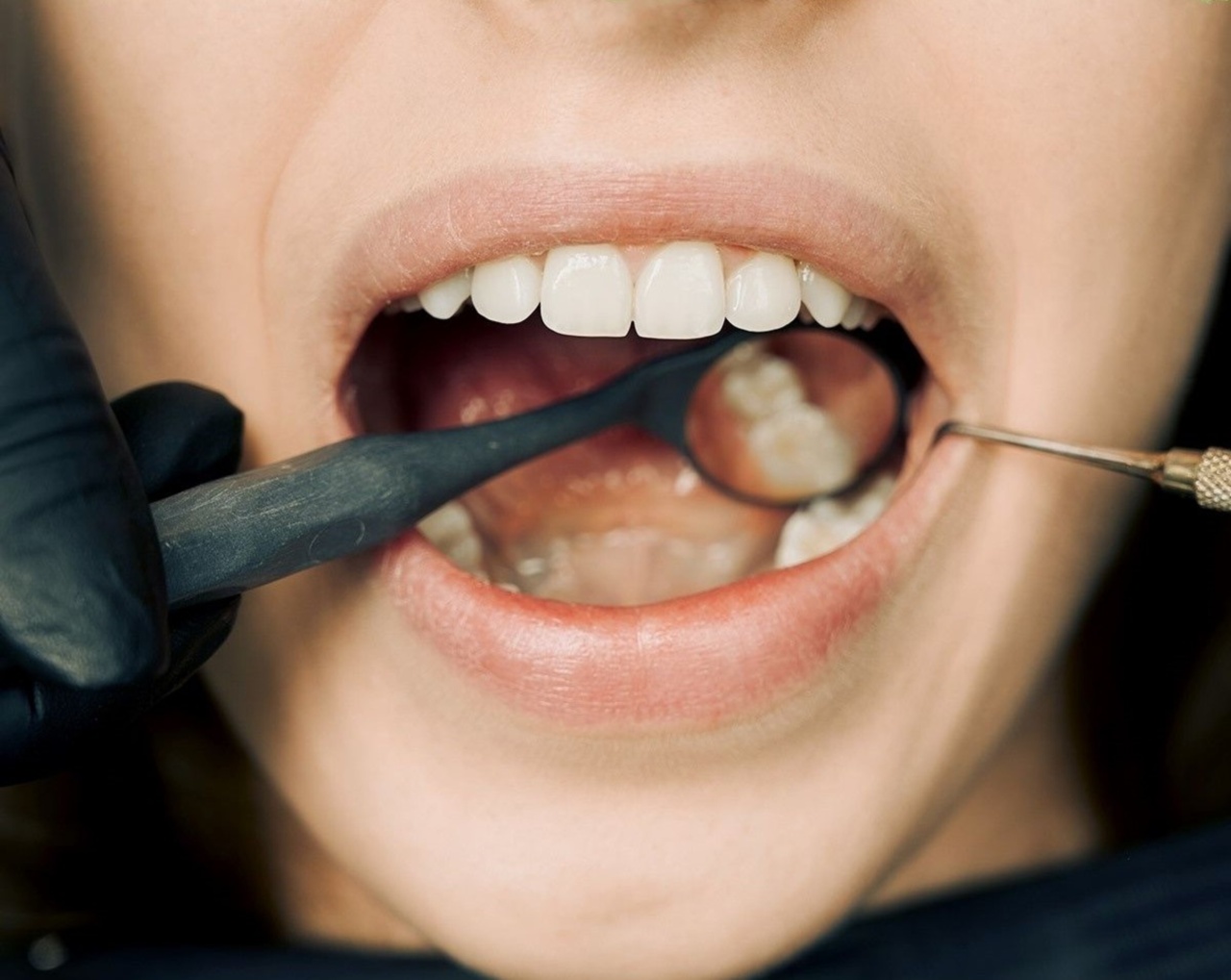Bleeding gums can be a sign of gum disease, and it’s important to address this issue before it worsens. Ignoring bleeding gums can lead to more serious oral health problems such as gum recession and tooth loss.
Fortunately, there are some easy solutions that can help alleviate bleeding gums and improve overall oral health. In this article, we will discuss ten simple steps you can take to treat bleeding gums.
1. Maintain proper oral hygiene
One of the most important steps in preventing and treating bleeding gums is to maintain proper oral hygiene. Brush your teeth at least twice a day using a soft-bristled toothbrush and fluoride toothpaste.
Be gentle while brushing, and pay special attention to your gumline. Floss daily to remove any plaque or food particles that may be trapped between your teeth.
2. Use a therapeutic mouthwash
Using a therapeutic mouthwash can help reduce plaque buildup and prevent gum disease. Look for a mouthwash that contains antibacterial properties, such as chlorhexidine or essential oils like tea tree oil and peppermint oil.
Swish the mouthwash around your mouth for 30 seconds after brushing and flossing.
3. Avoid tobacco products
Smoking and using other tobacco products can contribute to gum disease and increase the likelihood of bleeding gums.
Quitting smoking or avoiding tobacco products altogether can significantly improve gum health and decrease the risk of oral health problems.
4. Eat a balanced diet
Proper nutrition is crucial for gum health. Include foods that are rich in vitamins A and C, as well as calcium, in your diet. These nutrients are essential for maintaining healthy gums and teeth.
Avoid sugary and acidic foods that can promote bacteria growth and harm your gums.
5. Practice stress management
Stress can weaken the immune system and make you more susceptible to gum disease. Find healthy ways to manage stress, such as exercising regularly, practicing deep breathing or meditation, and getting enough sleep.
These activities can help reduce inflammation in your body, including your gums.
6. Avoid aggressive brushing
Brushing your teeth too hard or using a toothbrush with hard bristles can irritate your gums and lead to bleeding. Instead, use a soft-bristled toothbrush and gentle circular motions to clean your teeth and gums.
Remember, brushing harder does not necessarily mean a cleaner mouth.
7. Drink plenty of water
Staying hydrated is essential for overall oral health. Drinking water helps flush out bacteria and food debris, reducing the risk of gum disease. It also promotes saliva production, which neutralizes acids and protects your teeth and gums.
8. Use a soft-picks or interdental brushes
In addition to regular flossing, using soft-picks or interdental brushes can help clean the spaces between your teeth. These tools are especially useful for individuals with larger gaps or gum recession.
Be gentle when using them to avoid injuring your gums.
9. Visit your dentist regularly
Regular dental check-ups are crucial for maintaining good oral health. Your dentist can identify early signs of gum disease and provide necessary treatment.
They will also perform professional teeth cleanings to remove plaque and tartar that cannot be removed through regular brushing and flossing.
10. Consider a gum massage
Gently massaging your gums with your toothbrush or clean fingers can improve blood circulation and promote gum health. Use a small circular motion and be gentle to avoid causing any damage to your gums.

























